McLaren took a sensational one-two in qualifying for the Italian Grand Prix to lock-out the front row of the Monza grid.
It is clear that in the MCL38 Lando Norris and Oscar Piastri currently enjoy the best car in F1.
There were question marks after the Dutch Grand Prix as to whether McLaren would be quickest at every type of track, but qualifying in Monza seems to have vanquished any doubt.
The dominance from Zandvoort, which is a high downforce track, has transitioned seamlessly to Monza's low downforce circuit.
There is, however, one important detail that should not be overlooked, and that is the aerodynamic configuration used by McLaren after the third free practice session.
For qualifying, both MCL38s were equipped with the same rear wing that was used at Spa-Francorchamps, meaning McLaren removed the extreme low-downforce version ran through practice.
Down below are McLaren's two different rear wings. The text continues after the image.
In the image above, you can clearly see that the rear wing used during qualifying is significantly higher than the one used earlier in the weekend. Also, on the side of the wing, the 'bulge' has been reduced and raised further. It now slopes less steeply than earlier in the weekend.
Viewed by others:
Double motivation
This choice may have a dual motivation. On the one hand, the increase in downforce can be seen as functional for better performance in qualifying by reducing lateral skidding in corners and generating more traction.
This is especially important in the tricky Lesmo corners, given the long straight that follow Lesmo 2.
You do lose a bit of top speed, but the car is able to enter the straight with more stability and better initial speed.
The most important consideration here is the role downforce plays in reducing tyre wear.
The new asphalt at Monza has shown that the current conditions of low mechanical grip cause very high tyre wear.
This will be a very important aspect for the race, especially when opting for a one-stop strategy, which is the most commonly used strategy at the Italian Grand Prix.
Reducing wear then becomes a decisive factor in being able to complete the race with a single stop.
In this way, McLaren hopes that it will not be forced into tyre management as much as its rivals, if at all.
With this strategic adjustment and the versatility of the MCL38, McLaren seems to be sending a big signal to the competition. Because even with a 'non-Monza rear wing' it managed to claim the front row of the grid.
That was against opposition, including Red Bull, that used a 'Monza rear wing', which is almost completely flat to generate as much top speed as possible.
It appears McLaren does not require that once-deemed essential and conventional approach to success at Monza. And that is going to raise a lot of alarm bells with up and down the paddock.
Most read
In this article

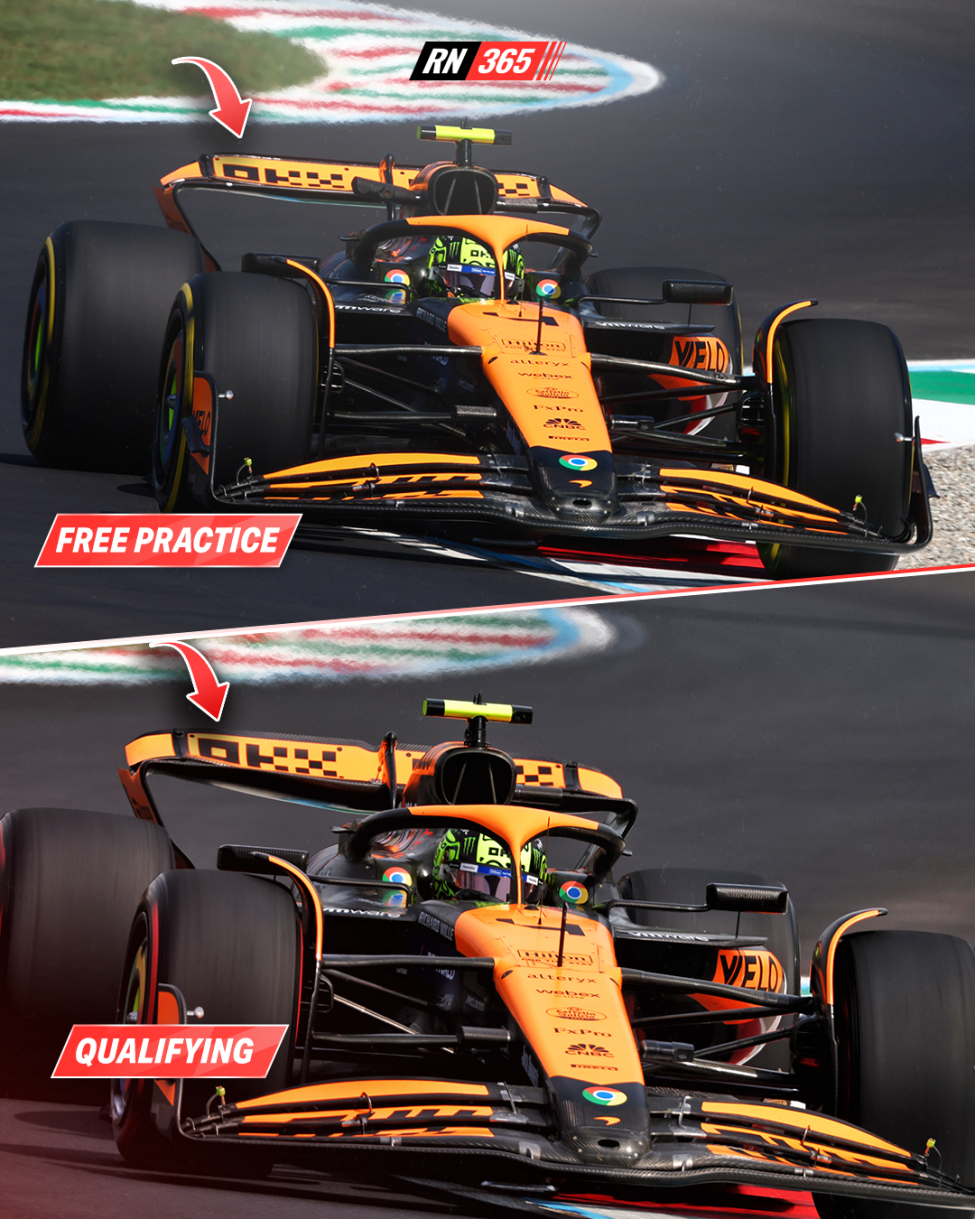
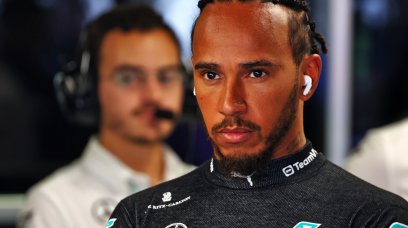
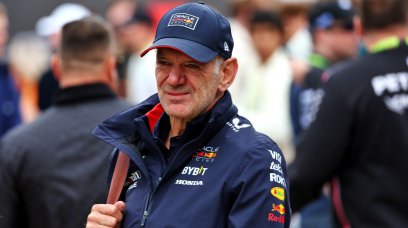
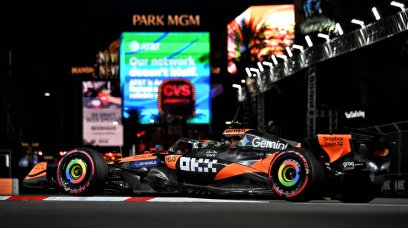
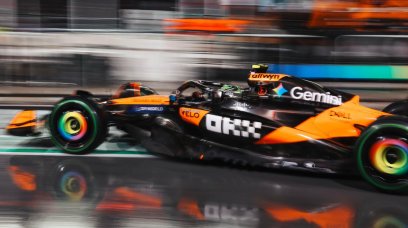
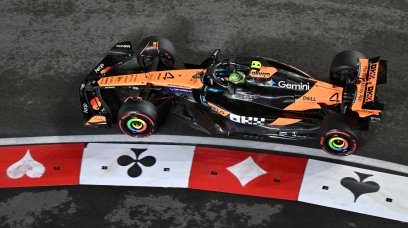
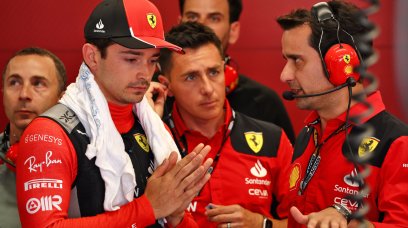
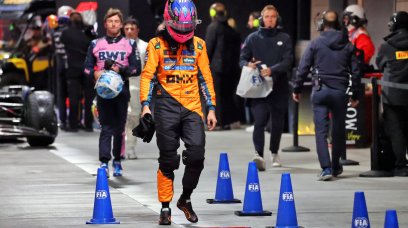
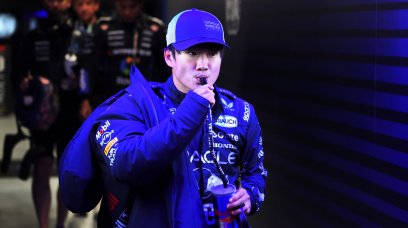
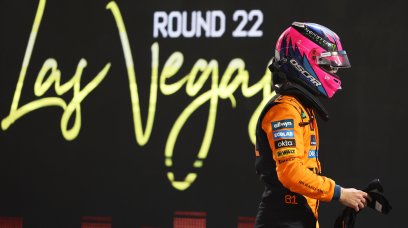
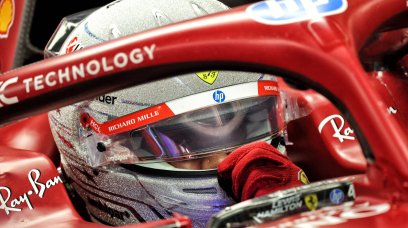












Join the conversation!